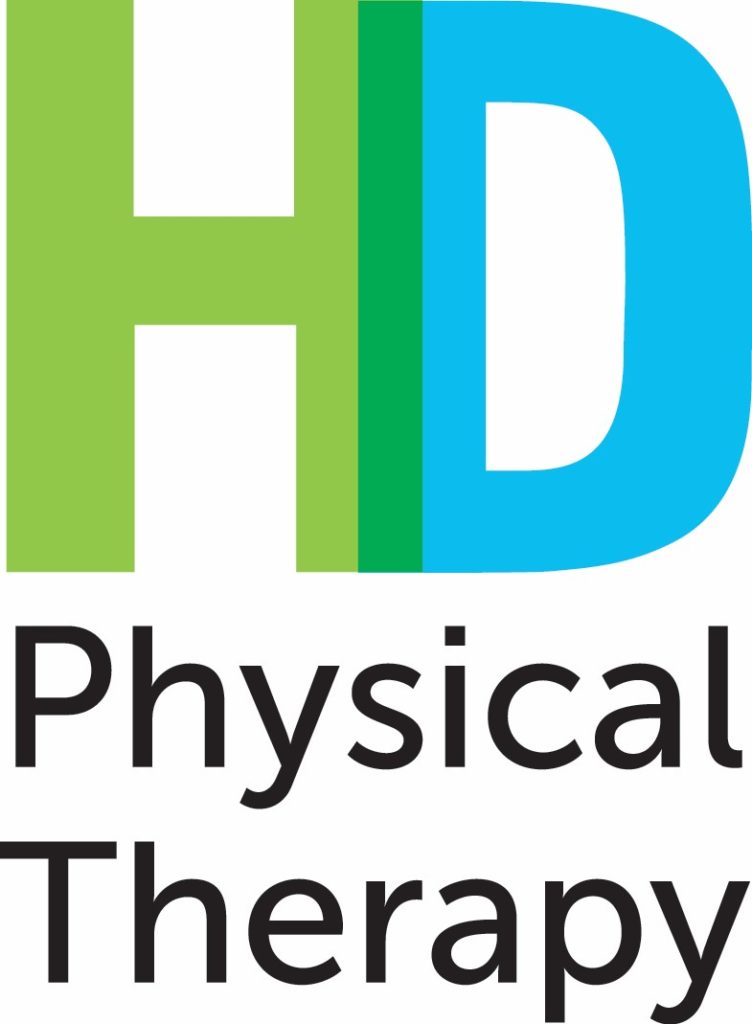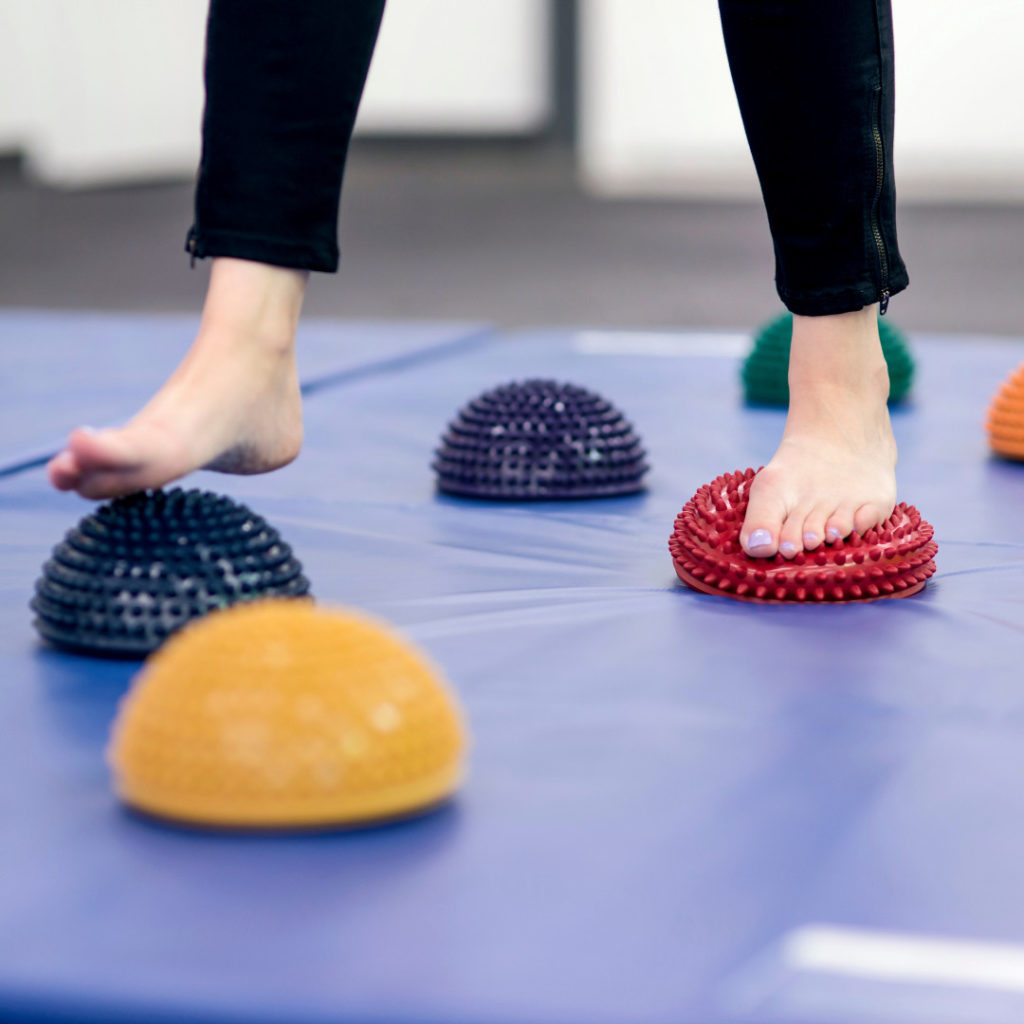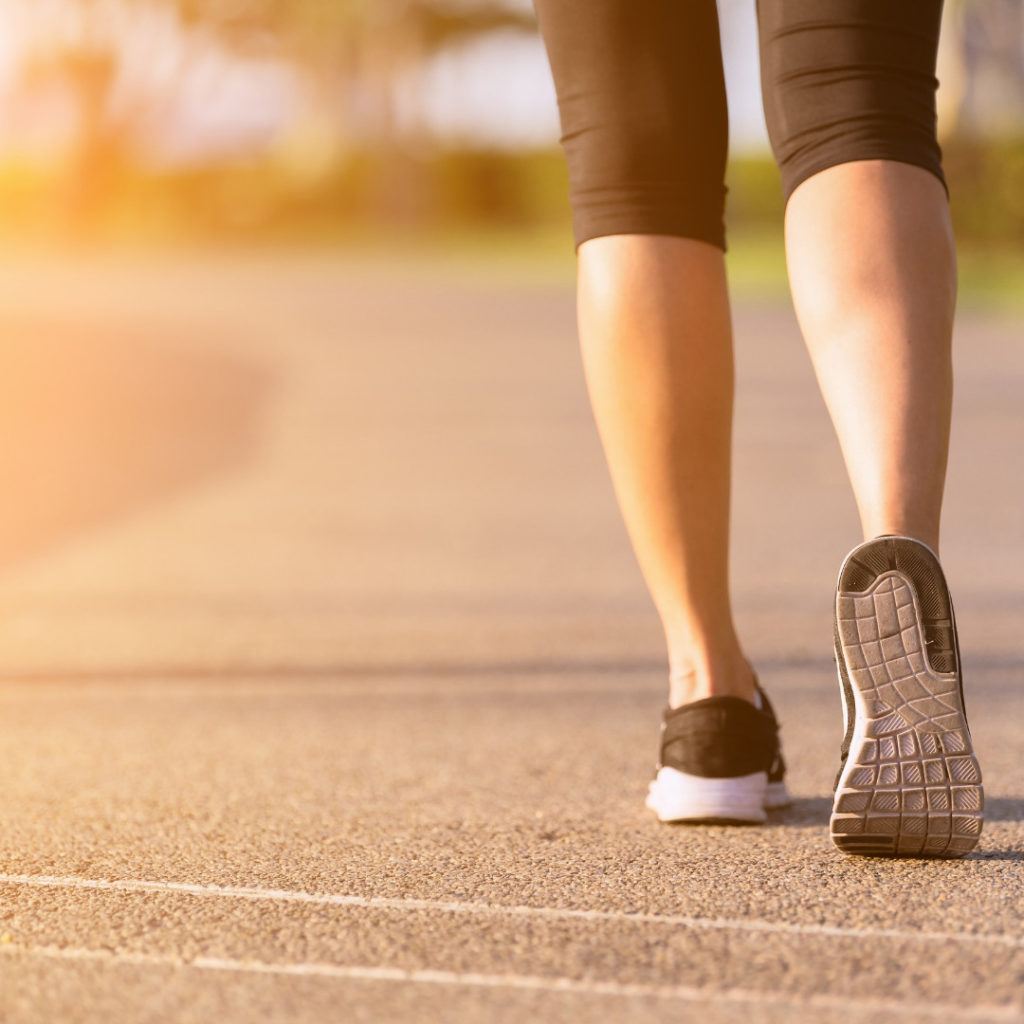H&D Physical Therapy 11234

Welcome to our premier physical therapy clinic in the 11234 area, where we are dedicated to providing exceptional care to help you enhance your mobility, manage pain, and promote your overall well-being.
At our clinic, we understand that each person's needs are unique, and that's why we offer personalized treatment plans tailored to your specific goals and conditions. Whether you're recovering from an injury, managing a chronic condition, or seeking to optimize your physical performance, our skilled therapists are here to support you every step of the way.
Our experienced team of therapists utilizes evidence-based techniques and state-of-the-art equipment to provide you with the most effective and comprehensive care available. We stay at the forefront of advancements in physical therapy to ensure that you receive the highest standard of treatment.
From manual therapy and therapeutic exercises to specialized programs and modalities, we offer a wide range of services to address your individual needs. Our compassionate therapists will work closely with you, guiding and supporting you throughout your journey towards improved health and well-being.
Conveniently located in the 11234 area, our clinic offers easy access for residents in the surrounding communities. We understand the demands of your busy schedule and offer flexible appointment options to accommodate your needs.
Don't let pain or limited mobility hold you back from living your best life. Take the first step towards your recovery and schedule a session with our expert physical therapists today. Experience the transformative power of personalized physical therapy in the 11234 area and start your journey towards a healthier, more active lifestyle.
For many, unless they have already visited a doctor and have received a recommendation for vestibular therapy, this treatment option is relatively unknown or uncommon. What is common is the symptom for which vestibular therapy treats: dizziness. Every single year in the US, over 10 million people will visit their physician with the complaint of dizziness. Dizziness is the most common symptom of patients over the age of 75. It is time for everyone to get better informed on vestibular therapy here, with answers to some of the most frequently asked questions about vestibular therapy! For more information on vestibular therapy and treatment with physical therapy 11234, contact the experts at H&D Physical Therapy!
What Exactly is Vestibular Therapy?

Vestibular therapy, or vestibular rehabilitation therapy, is a specialized form of physical therapy used to treat vestibular disorders (disorders affecting the sensory system responsible for balance and coordination) characterized by the feeling of dizziness, vertigo, or problems with balance, posture, and/or vision.
What Does Vestibular Therapy Involve?
Therapy involves a personalized exercise program created based on your specific ailments. Programs are usually 1-2 times per week for around 6-8 weeks. Some exercises you can expect to work on with your therapist can include:
- Neck mobility/stretching.
- Vision stability training.
- Posture training.
- Balance retraining.
- And many more!
Does Vestibular Therapy Really Work?
Yes! This form of therapy has proven to be effective for many. For many, vestibular therapy will be the only treatment they need to get rid of their symptoms, while for others, it still acts as a pre or post-surgery treatment plan to achieve desired results. Specific outcomes many can expect with vestibular training include but are not limited to:
- Better balance and decreased risk of falling.
- Improved vision stability and coordination.
- And most importantly, fewer dizziness symptoms!
Expectations and results can be specified and explained in full by the specially trained and certified physical therapists at H&D Physical Therapy for those intrigued by the notion of physical therapy 11234!
Contact H&D Physical Therapy: Physical Therapy 11234
If you or a loved one is experiencing any discomfort associated with dizziness, make an appointment with H&D Physical Therapy to get a diagnosis and personalized treatment option! Discover how our team of physical therapists specializing in physical therapy 11234 can help you today!
Gait and balance disorders are a leading cause of falls in older adults and often result in injuries, disabilities, loss of independence, and diminishing quality of life. Preventative measures like early indication and appropriate intervention are key factors in working to prevent dysfunction and possible damage. The talented physical therapy team at H&D Physical Therapy is dedicated to providing you personalized physical therapy 11234 with one on one care.
What is GAIT?
Gait refers to the pattern of movement used when a person walks or runs. Relying on the:
- Ears
- Eyes
- Brain
- Muscles
- Sensory nerves
Movement of the body, in relation to walking, requires all of these aspects to be properly functioning in order to work. Problems with these areas can lead to both temporary or long-term walking difficulties, falls, or injury if not properly treated and addressed. Known as gait disorder, comprised of many variations, all can affect your quality of life and put you at greater risk of harming yourself. Though common in older adults, gait issues are a major cause of falls in this group; the majority of changes in gait are caused by underlying medical issues and should not be viewed as a natural part of aging. Common causes include arthritis and orthostatic tension but are also often side effects of more serious conditions like stroke, cerebral palsy, multiple sclerosis, ALS, and other brain disorders/injury. In younger people with gait issues, causes usually stem from developmental problems such as flat feet and bowing of the legs.
How Does GAIT Affect Your Balance?
When a person walks, their gait is the pattern of their limb movements. The capacity of the body to retain its center of gravity while remaining upright is known as balance. The brain, neurological system, sensory organs, and musculoskeletal system all work together to control gait and balance. A dysfunction in any of these areas can lead to gait and balance issues, as well as an increased risk of falling. Some people experience gait issues without experiencing any alterations in their balance. However, if a person has balance issues, it frequently impacts their gait. Common symptoms of gait and balance trouble include:

- Difficulty walking
- Trouble maintaining balance
- Unsteadiness or swaying while standing or walking
- Difficulty rising from a seated position
- Slowed walking pace
As a result, a person may experience:
- Dizziness
- Lightheadedness
- Vertigo
- Motion sickness
- Double vision
- Muscle tightness or spasms
- Weakness in the leg muscles
- Weakness on one side of the body
- Pain when moving makes it difficult to maintain balance
- Numbness in the feet
- Reduced perception of where body parts are in space
What can physical therapy 11234 do for me?
Each patient has their own set of symptoms and diagnosis, requiring unique plans of treatment. Standardized balance and fall risk assessments can help evaluate a person's balance and mobility and help guide our physical therapists in creating a course of action right for you. Treatment may include:
- Balance and gait exercises to improve mobility and reduce the risk of falls
- Manual therapy to address soft tissue and joint mobility
- Resistance exercises
- Functional muscle lengthening and strengthening
- Use of orthotics or assistive devices
The team here at H&D Physical Therapy can help to learn to manage and minimize your gait and balance issues to provide physical therapy 11234.
H&D Physical Therapy - specializing in physical therapy 11234
If you have questions regarding treatment options or whether physical therapy is appropriate for you, please contact us or book an appointment today. We would be happy to discuss your situation in advance of an evaluation session.
If you've ever felt dizzy, lightheaded, or as if the room was spinning around you, the feeling can be very bothersome. While the average person experiences these feelings at least once in a while, if they are persistent, it may be a sign of a balance issue. Numerous body systems, such as the muscles, bones, eyes, joints, ears, nerves, heart, and blood vessels, work to maintain your balance. When one or more of those systems are not working properly, it may result in balance issues. Having a good balance means you can control and maintain your body's position when both are moving and still. Proper balance helps with walking, getting up, climbing, bending, etc. Maintaining your balance is important for everyday life activities. Contact H&D Physical Therapy for physical therapy 11234.

What are Balance Issues?
Balance issues involve the inability to stay upright and maneuver confidently. When you cannot control your body's position, you may feel unsteady and off-balance. These feelings may occur either when still or while moving. The sensations often include dizziness or vertigo, a spinning or falling sensation. Balance issues are a common symptom of several conditions, most of which do not need medical treatment. Although, if you are experiencing balance problems, it is important to seek the advice of a doctor. There may be several ways to correct your balance problems: physical therapy 11234.
Symptoms of Balance Issues

If you have a balance issue, you may suffer from several symptoms. Some of these may include:
- Dizziness or vertigo (spinning sensation)
- Falling or feeling like you are going to fall
- Lightheadedness or faintness
- Blurred vision
- Unsteadiness
- Confusion or disorientation
- Nausea and vomiting
- Diarrhea
- Changes in heart rate and blood pressure
Symptoms may come and go, either over short or long periods. Seeking physical therapy 11234 and the advice of a medical professional can help diagnose what these symptoms are indicating.
What Causes Balance Issues?
There are several causes of balance problems in the body. Some common causes of balance problems include:
- Head or neck injuries
- Infections
- Inner ear problems
- Circulation problems like high or low blood pressure
- Nervous system diseases such as Alzheimer's disease, Multiple Sclerosis, or Parkinson's disease
- Pregnancy
- Medicines
Many people are more prone to balance issues as they get older. For older generations, physical therapy can help reduce the risk of balance problems and maintain proper balance.
The inner part of the ear responsible for balance is called the vestibular system, or the labyrinth. Problems in the inner ear cause some balance issues. One condition, labyrinthitis, occurs when the labyrinth is infected or swollen, usually followed by vertigo and imbalance. Labyrinthitis can also be caused by respiratory, viral, and bacterial infections.
Diseases of the circulatory system, like a stroke, can create dizziness and balance issues, and low blood pressure. Check with your doctor if you notice a balance issue when taking medications.
How to Manage Balance Issues
First, you should see your doctor, who will be able to address and diagnose your balance problems. They will likely perform tests and analyses to determine what you are suffering from.
Treatment for balance issues depends on the cause. It may include balance retraining exercises or vestibular rehabilitation. Physical therapy 11234 designs customized programs for each client suffering from balance problems. Additionally, you may need to adapt to diet and lifestyle changes. Limiting salt intake and avoiding dietary triggers can help with balance problems.
Some medications may be prescribed to control balance issues. Also, positioning procedures can move particles in the ear and reduce impaired balance. Or, in the case you have Meniere's disease or acoustic neuroma, your doctor may recommend surgery.
Physical Therapy 11234
If you suffer from balance issues, it is important to seek advice from your doctor and implement the suggestions and lifestyle changes they recommend. In many cases, physical therapy treats and manages balance issues. H&D Physical Therapy is here to help with your conditions and work to improve your balance. Contact us today to make an appointment and correct your balance issues.
Benefits of Balance Therapy For Seniors
In the quest for holistic well-being among seniors, balance therapy emerges as a transformative solution, enhancing both physical and mental aspects of their lives. As we delve into the profound advantages of this therapeutic approach, it becomes evident that balance therapy is not merely an exercise routine but a gateway to a more fulfilling and active lifestyle for our cherished senior community. H&D Physical Therapy offers physical therapy 11234 to help seniors achieve better balance and stability. Continue reading to learn more!
Reclaiming Independence Through Improved Balance
Seniors often face challenges related to balance and stability, impacting their day-to-day activities. Balance Therapy acts as a beacon of hope, focusing on exercises that enhance proprioception and equilibrium. By systematically addressing these issues, seniors experience a significant improvement in their ability to navigate daily tasks independently.
Enhancing Mobility for a Vibrant Lifestyle
The aging process can lead to a gradual decline in mobility, limiting the range of motion for many seniors. Balance exercises, tailored to individual needs, play a pivotal role in promoting flexibility and agility. This newfound mobility empowers seniors to engage in activities they once enjoyed, fostering a renewed sense of vitality.
Cognitive Benefits: A Sharper Mind Through Balance
Research has demonstrated a compelling connection between physical activity and cognitive function. Balance Therapy, with its emphasis on coordination and concentration, becomes a catalyst for maintaining cognitive sharpness among seniors. Engaging in these exercises stimulates the brain, enhancing memory retention and overall mental acuity.
Reducing the Risk of Cognitive Decline
Seniors who actively participate in Balance Therapy sessions exhibit a decreased risk of cognitive decline and neurodegenerative disorders. The multifaceted nature of these exercises not only fortifies the body but also contributes to preserving cognitive functions, fostering a healthier and more resilient mind.
Improving Emotional Well-being: A Holistic Approach
Physical activity has long been associated with improved mood and stress reduction. Balance exercises, integrated into a comprehensive therapy plan, release endorphins, promoting a sense of well-being among seniors. This emotional upliftment becomes instrumental in combating feelings of loneliness and depression.
Building a Supportive Community
Participating in balance therapy sessions provides seniors with more than just physical benefits; it creates a supportive community. The camaraderie developed during these sessions fosters a sense of belonging and mutual encouragement, reinforcing the importance of social connections in the overall well-being of seniors.
Personalized Approach for Individual Needs
What sets balance therapy apart is its adaptability to individual requirements. Tailored programs ensure that seniors receive the specific exercises and support needed to address their unique challenges. This personalized approach guarantees not only safety but also optimal results for each participant.
Long-term Commitment to Health
Balance therapy is not a short-term fix; it's a commitment to sustained health. By incorporating these exercises into the daily routine, seniors can experience lasting benefits. The gradual progress achieved through consistent engagement with Balance Therapy contributes to a higher quality of life.
Embracing Balance Therapy for a Fulfilling Senior Lifestyle
In conclusion, the myriad benefits of Balance Therapy for seniors extend far beyond the physical realm. This holistic approach positively influences cognitive function, emotional well-being, and overall quality of life. As we advocate for the adoption of Balance Therapy, let's envision a future where seniors embrace a more active, independent, and joy-filled lifestyle. Contact H&D Physical Therapy to learn more about balance physical therapy 11234.
Common FAQs
Q: What is physical therapy?
A: Physical therapy is a healthcare profession that utilizes exercises, manual therapy, and rehabilitation techniques to help individuals recover from injuries, manage pain, and improve overall physical function.
Q: What conditions can be treated with physical therapy?
A: Physical therapy can treat a wide range of conditions including orthopedic injuries, post-operative rehabilitation, back pain, neurological disorders, sports injuries, and more.
Q: How can I find a physical therapy clinic in Marine Park?
A: You can find a physical therapy clinic in Marine Park by searching online, asking for recommendations from your doctor, or by contacting local healthcare facilities for referrals.
Q: What services are offered at a physical therapy clinic?
A: Physical therapy clinics offer a variety of services including orthopedic rehabilitation, hand therapy, occupational therapy, and specialized programs for conditions like Parkinson's disease.
Q: What is the role of a physical therapist?
A: A physical therapist is a licensed healthcare professional who evaluates and treats patients with physical problems due to injury, disease, or disability. They develop personalized treatment plans to help patients regain mobility and manage pain.
Q: Where can I find physical therapy services in Brooklyn, NY?
A: Physical therapy services in Brooklyn, NY can be found at various outpatient clinics, rehabilitation centers, and hospitals. You can also search online for specialized practices in the area. Contact us today!
Q: Can physical therapy help with back pain?
A: Yes, physical therapy can be highly effective in treating back pain. Therapists use techniques such as manual therapy, exercise, and modalities to improve strength, flexibility, and reduce pain in the back.
Q: What is the difference between physical therapy and occupational therapy?
A: Physical therapy focuses on improving movement and overall physical function, while occupational therapy concentrates on helping individuals perform daily activities and regain independence in tasks like self-care and work.
Q: Do I need a doctor's referral for physical therapy?
A: In most cases, you do not need a doctor's referral for physical therapy. However, some insurance plans may require a referral for coverage, so it's best to check with your insurance provider and the clinic.
Q: How can physical therapy help with tissue injuries?
A: Physical therapy services can help with tissue injuries by using techniques such as therapeutic exercises, manual therapy, modalities, and specialized rehabilitation programs to promote healing and restore functionality.

You must be logged in to post a comment.